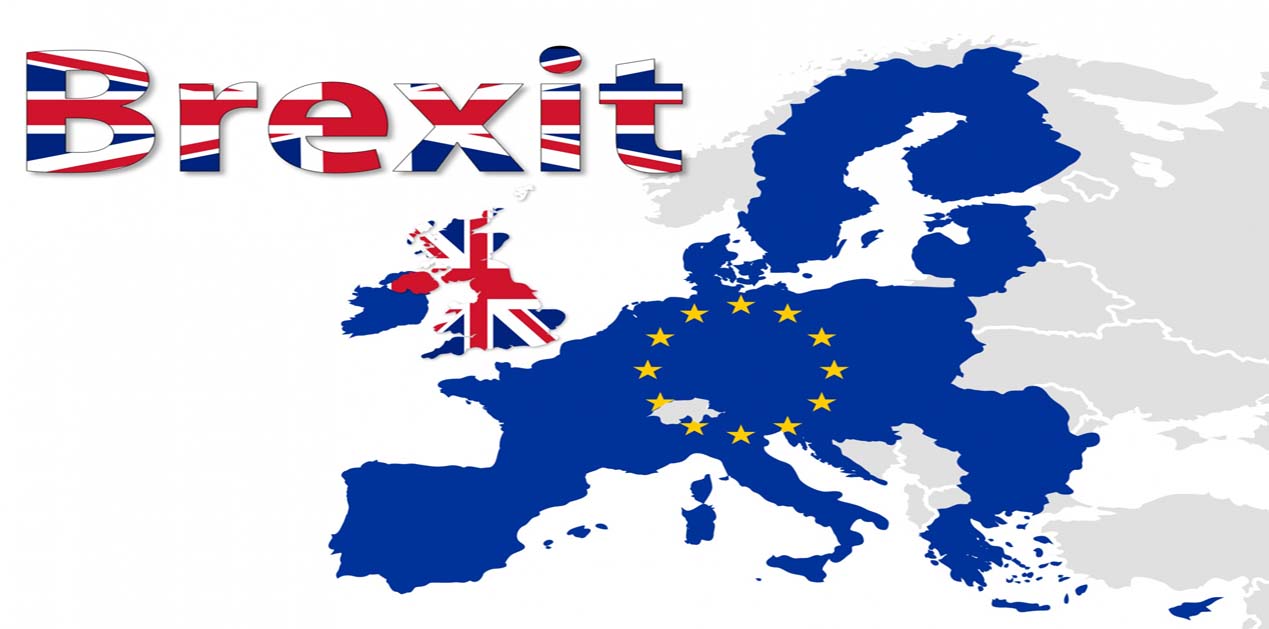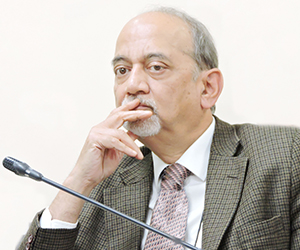Mrs. Theresa May’s victory in a poll of the Conservative party MPs by a margin of 200 - 117 revealed deep division within her own party on the Brexit issue. This made a vote on the floor of the House of Commons too risky. The vote scheduled for 11th December, therefore, had to be postponed. Mrs. May has since visited Brussels. The EU partners refused to oblige her by giving her a more favorable package on a Backstop arrangement. This opens up the prospect of Britain crashing out of the EU without a deal, if no agreement is reached by 29 March 2019. The ‘Remainers’, who would like to retain UK within EU’s fold, hope that the difficulty of negotiating an acceptable package would help build the case for a second Referendum.
Britain does not, as yet have any agreement on the future of trade relations with the EU. The Backstop Agreement is a temporary expedient to avoid unravelling the Good Friday Agreement with the Republic of Ireland. Under the Agreement, Ireland agreed to give up its territorial claim on Northern Ireland in return for free movement of people between the Republic and Northern Ireland. This was made possible as both the Republic of Ireland and UK are members of the European Union. In case of Brexit, the customs border will have to be established between the Irish Republic and Northern Ireland for the transition period, before a permanent trade agreement is negotiated between EU and UK.
If the Backstop Agreement offered a compromise to keep the Irish Agreement in place, it opened up new questions. During the transition period, EU customs and other regulations will apply to Northern Ireland, setting it apart from rest of UK. This is an outcome not acceptable to the Democratic Unionist Party (DUP), the coalition partner of the May Government. The DUP is the pro-Unionist party, which wants to retain strong bonds with UK. It however, represents a minority opinion in Northern Ireland, where the majority wants to remain in the EU.
The Backstop Agreement is also objected by ‘Brexiters’, who believe this will permanently tie UK to the EU, rather than being a transitional arrangement. This view has logic, as the issue of keeping Northern Ireland’s border with Irish Republic open is rooted in geography and popular sentiments, which will not go away over time. UK will have to remain part of the EU customs area, and accept EU regulations, to ensure that the EU frontier does not shift from external border with Irish Republic to an internal partition between Northern Ireland and UK. To resolve the issue, Mrs Theresa May made a trip to Brussels to plead with EU leaders to limit the Backstop Agreement to 1 year. This was rejected by the EU leaders.
Till the Backstop Agreement remains in place, UK will be part of European customs union and common market, and cannot negotiate more favorable trade deal with third countries. Looking beyond the Backstop, if the UK accepts the Norwegian or Swiss model for a loose relationship with the EU, it will be bound with customs rules set by the EU without a hand in shaping them. This is an anathema to the British establishment. Norway and Switzerland accepted the arrangement, as they want trade, but do not want burden sharing. Being richer states, they will have to pay a larger share of the EU budget. They do not have political ambitions, which do not allow UK to accept a peripheral position.
Brexit started with a casual decision by the then PM, David Cameron to silence Eurosceptics within the Conservative ranks by taking the debate out of narrow confines of the party to a public Referendum, which he was confident he will win. This proved to be a major miscalculation. The debate since has revolved around party issues. The larger ramification is diminishing the role of Parliament, if major decisions are made outside. Brexit would also diminish the UK’s role within Europe, even if UK retains a close partnership with the EU in defense and foreign policy areas. Historically, UK claimed to be a bridge between the EU and US. This suited US as well. UK worked to moderate EU positions to keep them broadly aligned with America.
What fueled the British public resentment against the EU were not differences on trade policy, but immigration from Eastern Europe. This was part of the EU promise of free movement of people. The choice was between trade and accepting more migration. The conservative strand chose to opt out of the EU rather than accept fellow European citizens, who spoke a different language. There is a strong section of opinion within the British Parliament, which is opposed to Brexit without an agreement with EU. EU is unwilling to make things easier for UK by improving the package. If the ‘Remainers’ want to move the country towards a second Referendum in the hope of remaining within the EU, this will revive the old dilemma. This also raises the issue if Referendum is the best way to give expression to democratic principle? The British left a historical legacy in the Indian sub-continent. The model is deeply flawed.
(The author was Minister in the Indian Mission in Brussels.)
Image Source: http://52.41.251.138/sites/default/files/2016-07/BREXIT_0.jpg










Post new comment